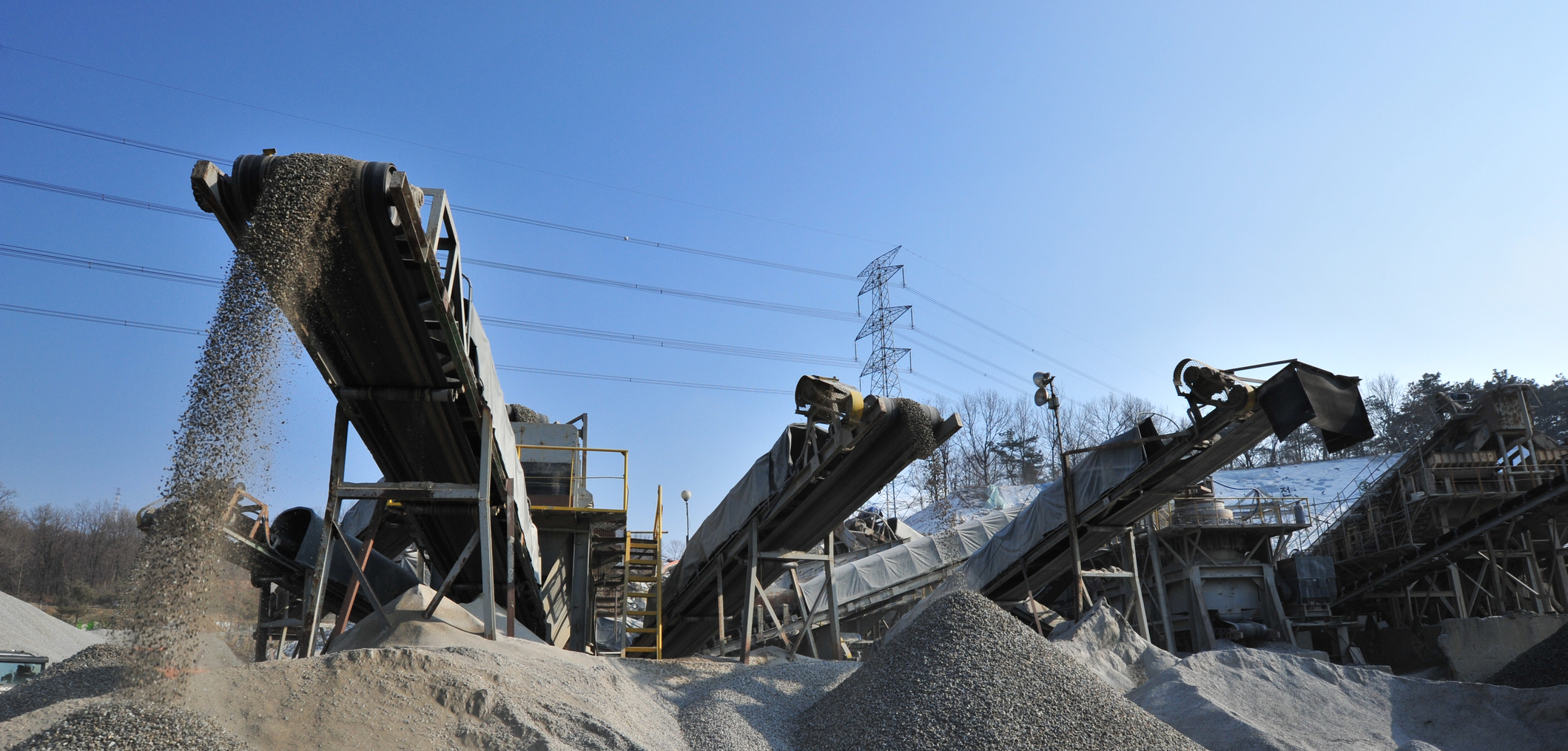
Annually, Valorsul manages about 660.000 tons of municipal solid waste in its Waste-to-Energy plant. The combustion process produces about 110.000 tons of bottom ash, containing important quantities of metals and minerals, which offer many opportunities for recycling.
Currently, Valorsul has an implemented system to recover this incineration bottom ash (IBA), which involves the separation of ferrous and non-ferrous metals and the maturation of the remaining recovered slag, ultimately leading to the production of a certified aggregate that can be used as a road construction additive and other civil engineering applications. Ferrous and non-ferrous metals are recycled.
Valorsul's aggregate is a extensive granulometry aggregate that competes with natural aggregates widely available throughout the Portuguese territory at a reduced cost, lowering its competitiveness. The aggregate characteristics do not allow for more noble applications of the product from an environmental and economic point of view.
- Development of more noble applications of the aggregate from an environmental and economic point of view.
- Increase ferrous and non-ferrous metal recovery efficiency.
- Improve the performance of the existing treatment process.
- Development of pilots that allow easy integration into Valorsul's current processes.
- For solutions that cannot be developed in Valorsul’s facilities, the pilot may be carried out outside Valorsul's facilities if the operational conditions are similar and the results of the pilot would be the same as if the solution was developed at Valorsul's facilities.
- The solution to be implemented must comply with current legal requirements.
Firstly, the raw slag is stacked outdoors in monthly batches for periods of 1 to 3 months to allow for expansion, carbonation, and oxidation. The maturation guarantees structural durability and chemical integrity of the raw slag.
Afterwards, physical treatment of the raw slag is carried out, allowing separation of coarse elements, ferrous, non-ferrous, unburned materials and aggregate, and consists in:
A) removal of coarse elements by passing through a vibrating sieve with 250x300mm mesh, where (1) unburned materials are separated and (2) ferrous metals are separated through a magnetic separation;
B) separation of resulting materials into three fractions, through a rotating sieve with 12 mm and 35 mm round mesh, where, (1) the 0/12 mm fraction is directly stored as valorised slag, (2) ferrous and non-ferrous metals are removed from the 12/35 mm fraction using eddy currents and magnetic separators, respectively, and (3) the remaining fraction is stored together with the valorised slag, (4) the raw slag larger than 35 mm is subjected to blowing (to remove unburned), subjected to ferrous separation and sent to crushing, before being reintroduced at the beginning of the treatment line.
The valorised slag streams (B.1 and B.3) are then stored in monthly batches. Ferrous and non-ferrous metals are recycled in recycling plants outside Valorsul.
Apply here.